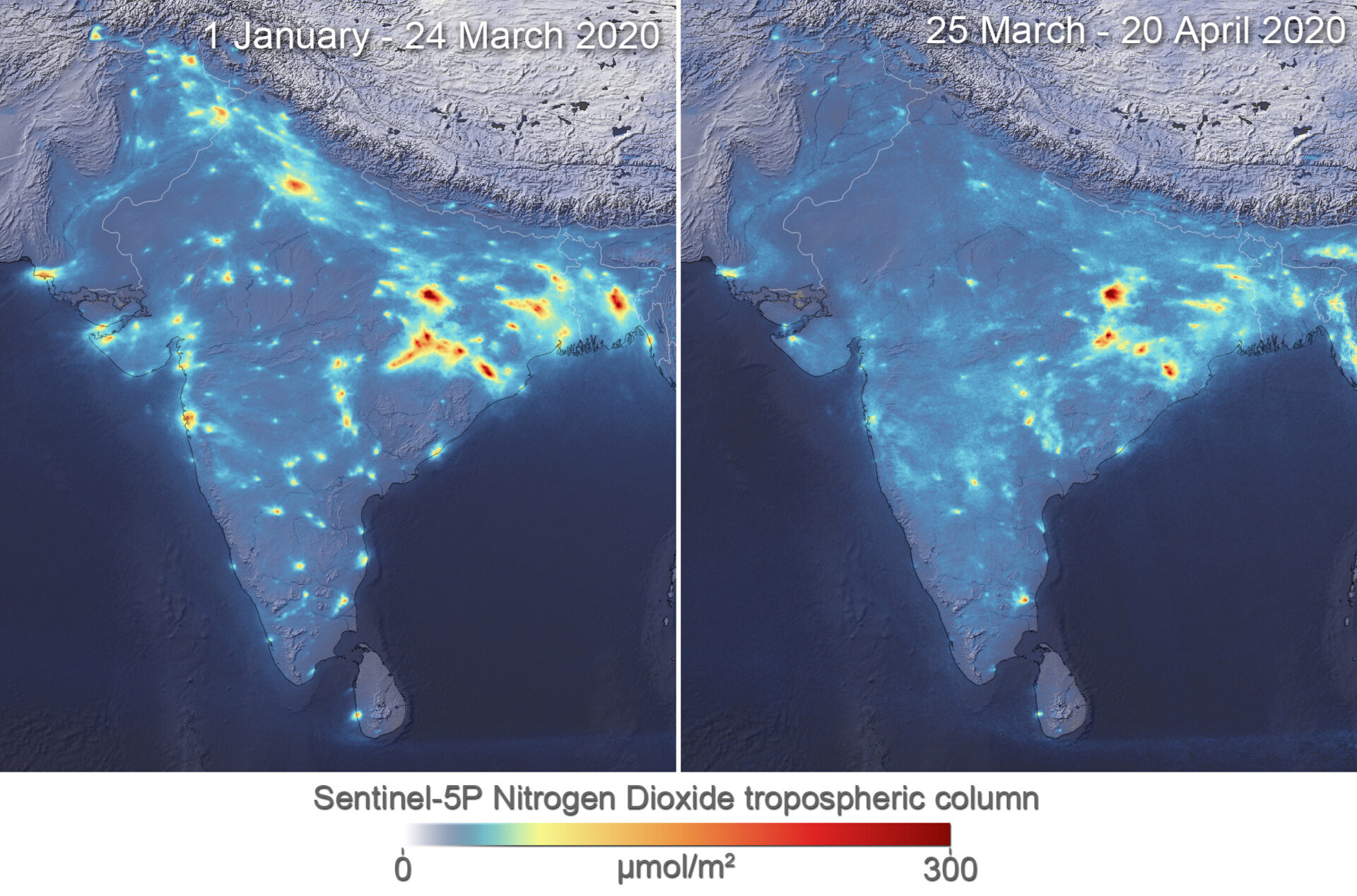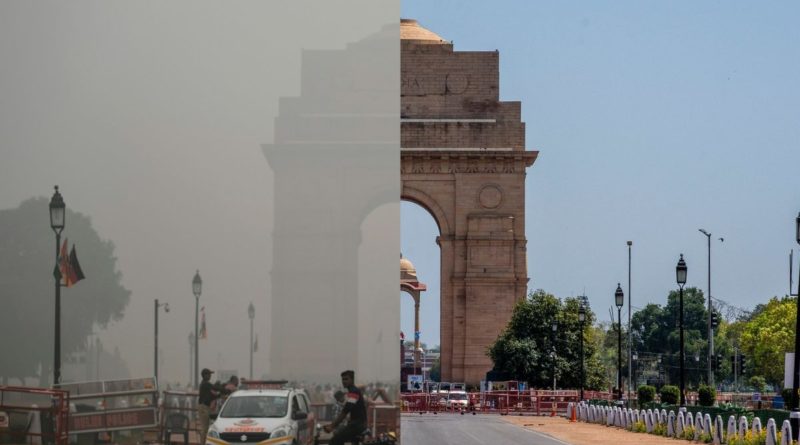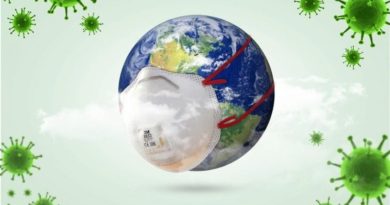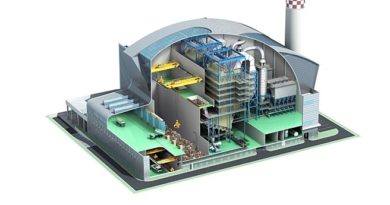Expert speak: Keep air clean to fight Covid-19 | Arun Sharma
As India slowly reopens its economy, care must be taken so that increasing particulate matter pollution does not contribute to the spread of the Covid-19 pandemic
As the Covid-19 pandemic continues to turn the world upside down due to its unprecedented reach in space and time, health experts are still trying to fully understand the science behind the transmissibility and treatment of this disease.
So far, research shows that direct contact with an infected person or a contaminated surface is the established modes of transmission. But scientists from Wuhan in China and from Italy have argued that these two transmission modes could not fully explain the regional differences in the spread of Covid-19.
In studies conducted in Italy, scientists demonstrated that in the Lombardy and Po Valley regions, the highest number of cases were in the most polluted areas in the country, thus establishing that airborne transmission of Covid-19 is a strong possibility, and presence of particulate matter like PM2.5 and PM10, in theory, augment the ability of air to carry the virus long distances.
Several instances of how viral diseases have been transmitted in the past strengthen this theory that viruses can travel long distances by aerosolisation. During the Severe Acute Respiratory Syndrome (SARS) outbreak of 2002, a study in the Amoy Garden housing complex in Hong Kong demonstrated that the transmission was likely airborne. The SARS virus belongs to the same coronavirus family as Covid-19.
During 2013-14, when measles was significantly on the rise in Beijing, a study of 21 cities in China established that an increase in 10 µgm/m3 of PM2.5 led to a significant increase in the number of affected cases. Measles is also a viral disease.
Similarly, in the early 1980s when the foot-and-mouth disease was on the rise in European countries, research established conclusively that there was the airborne transmission of the virus causing foot and mouth disease in countries like France, Britain, Denmark, and the then German Democratic Republic.

Particulate concerns
The high concentration of PM2.5 and PM10 provides more particle surfaces for the virus to stick to and get transported to distances greater than two metres, which is the prescribed safe distance in Covid-19 prevention. The virus has been found to survive for more than three hours on these pollutant particulate matter surfaces.
Studies conducted in the hospital wards of Wuhan in China and Nebraska University Hospital in the US found Covid-19 virus particles in air samples of these wards.
The lockdown resulting in reduced economic activity has made the air cleaner all over the world with a reduction in PM2.5 and PM10 levels to the extent of 60% of the pre-lockdown value. It has definitely contributed to a reduction in transmission of infection along with other measures of quarantine, isolation, social distancing, hand washing, and use of masks.
As economic and social pressures are building up along with the public health threat, countries are finding ways to fully or partially reopen their economies. This will mean that particulate pollutants’ concentration will rise again, thereby creating a conducive environment for the spread of the virus.
In India, where social distancing is a privilege possible only for the middle and upper classes, proper hygiene facilities are lacking amid severe water insecurity and access to limited public toilets for populations living in urban slums. This, and the challenge of procuring masks and PPEs, will emerge as a greater threat for Covid-19 transmission.
It will be no surprise that India may end up with the highest number of cases and its fatal consequences given that we are the most densely populated country in the world. While summer months give relief from visible air pollution, Central Pollution Control Board data from cities like New Delhi and Mumbai in the months of April to June 2019 shows that PM2.5 and PM10 values remain above the moderate mark during these non-winter months as well.
A recent paper published in The Lancet journal claims that the most distinguished co-morbidities among Covid-19 related deaths are hypertension, diabetes mellitus, coronary heart diseases, and cerebrovascular diseases. All these complications can be attributed to air pollution.
The Health Effects Institute’s State of Global Air report in 2019 established that type-2 diabetes can be directly attributed to air pollution. India has the second-highest number of diabetes cases in the world, second only to China, according to the International Diabetes Foundation.
It is clear that while authorities are battling the pandemic, they cannot push tackling the air pollution crisis to a later day. The two are intricately related and impact public health at large. Stakeholders will need to strategise a post-lockdown recovery that moves towards lower emission sources and clean air in the battle against Covid-19.
Arun Sharma is professor and director at University College of Medical Sciences, University of Delhi.
This was originally published by https://indiaclimatedialogue.net/




